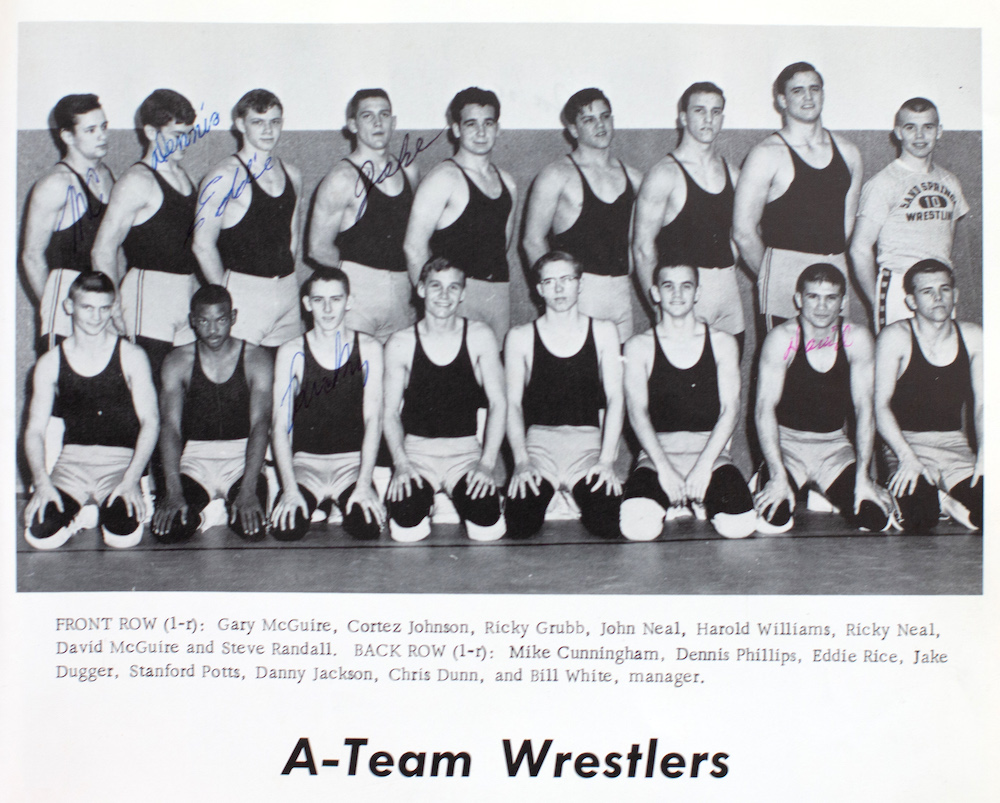A new plan to enhance the Historic Greenwood District could create a plaza with an amphitheater and a 45-acre business district centered by a Main Street Square and pocket parks. It also proposes bringing in a Greenwood Streetcar to circulate in the area.
Representatives from WRT Design, a Philadelphia-based design and consulting firm working with the city of Tulsa, rolled out the draft plan for the Kirkpatrick Heights/Greenwood area in a meeting on Tuesday, June 28.
The presentation, which drew a crowd of North Tulsans – and others – climaxed a year of brainstorming meetings, gathering input and developing proposals.
More than 200 citizens attended the meeting at the Oklahoma State University-Tulsa auditorium. The event was designed to generate more input ahead of the final plan, which is expected to be completed by the end of August. The master plan process has been facilitated by the city of Tulsa, the Tulsa Authority for Economic Opportunity (TAEO), and the Tulsa Development Authority (TDA) in coordination with WRT.
Get Involved and Get Engaged
Lana Turner-Addison, president of North Tulsa Economic Development Initiative (NTEDI) and former Tulsa Public Schools board member, opened the presentation with a recap of how the process had evolved since its inception mid-2021. Turner-Addison is co-chair of the leadership committee that is working closely with the consulting firm that is developing the plan.
She talked about the various meetings since July 2021, community pop-ups, stakeholder interviews with residents from the area, virtual conferences, and focus groups that involved people across the area, including middle school students.
Turner-Addison spoke of those who were at home that night and had already decided that the plan won’t happen or work. She urged those who are doubtful to jump into the process.
“It won’t happen if we don’t get up, get involved, and get engaged,” she said.
Representatives of WRT and other presenters filled the two-hour meeting with videos, graphic slides, photographs and plan explanations.
There are 56 acres of publicly owned land in the master plan. The boundaries for the area are Pine Street on the north, Archer to the south, North US 75 to the east, and the L.L. Tisdale Parkway to the west.
Details of the Plan
The Kirkpatrick Heights/Greenwood plan focused on three parcels of that land in particular: The Greenwood Plaza: an area north of Vernon A.M.E. Church, where festivals like Juneteenth have been traditionally held. Green Stitch is the area farther north utilized as detention ponds, and the most significant area, The Core: north of Interstate 244 Martin Luther King Jr. Memorial Expressway along Martin Luther King Jr. Boulevard and west toward Main Street to Independence Street.
The Core, The Greenwood Plaza and the Green Stitch
The plan for the Core, a 45-acre mixed-use area, centers around a business district with housing above and around the area, rerouting Martin Luther King Jr. Boulevard to be a two-way boulevard with a median, a Main Street Square, and pocket parks. One of the design ideas is a Greenwood Streetcar – a modern trackless trolley that would connect aspects of the plan.
According to planners, Greenwood Plaza would be a cultural corridor with a built-in amphitheater that extends the Greenwood District.
The Green Stitch would make the stormwater retention ponds farther north available in other ways when the weather did not require them.
Greg Robinson II, founder and senior consultant for Standpipe Hill Strategies, said he was emphatic about the desire to gain as much feedback as possible about the plan in real-time that night via cell phones, laptops, tablets and in writing. He said even those who had not attended still can view the plan and make comments. Robinson is one of the key organizers of public engagement for the Greenwood/Kirkpatrick Heights project.
Attendees were able to vote in real-time on aspects of the plan. Organizers stressed that they are consultants who have listened to what the community said it wants and needs.
The designs and potential aspects include the basic underlying thoughts of everyday people who participated throughout the process. The fundamental ideas of growth, housing and business development, wealth generation, and legacy are built in every part of the plan.
The meeting-goers were told that implementation becomes paramount once the plan is finalized.
Garlen Capita, an urban and landscape designer with WRT, lead most of the presentation. She said the handoff to local leaders and stakeholders is critical.
Katy O’ Meillia, with TSW, a local planning consultant to WRT, aimed to put the design process into perspective. She said that design guidelines provide the planning tools that help implement the vision. Some of the guidelines included: providing a broader range of living opportunities and helping set the tone for development and residential living for people in every stage of life.
A question came from 34-year-old Tulsan Sean Barry, who asked about people who live in the area there now and what plans, if any, were being made for potential displacement.
Planners answered that there needs to be an inclusive economic development plan.
Capita talked about what the next steps might look like as the project would likely develop in phases. She pointed to housing in The Core as a potential starting point and moveable and pop-up activities in the Greenwood Plaza area for early business development potential.
After the online feedback poll, the presenters took written questions from the audience.
Burlinda Radney, a member of the Leadership Committee, said that this team had reached a broad cross-section of the community. “I think people believe the plan is ambitious, and it feels like a lot. But The city has needed this for a long time. Greenwood is vastly underdeveloped. I don’t think it [the plan] is ambitious enough.”
City Councilor Vanessa Hall-Harper, who is also a Leadership Committee member, said she loved the process for the most part. She worked hard to involve Standpipe Hill and World Won Development to make sure that the community does have a voice.
“How we implement the plan, who owns the land, and where wealth is built will be key. Will the Black community gain?” Hall-Harper said.
Jonathan Butler, senior vice president of community development for Partners Tulsa, said the project is a marathon, not a sprint.
Get Involved
More information, survey results about the plan, and public comments can be made until July 14 at www.ourlegacytulsa.org.











